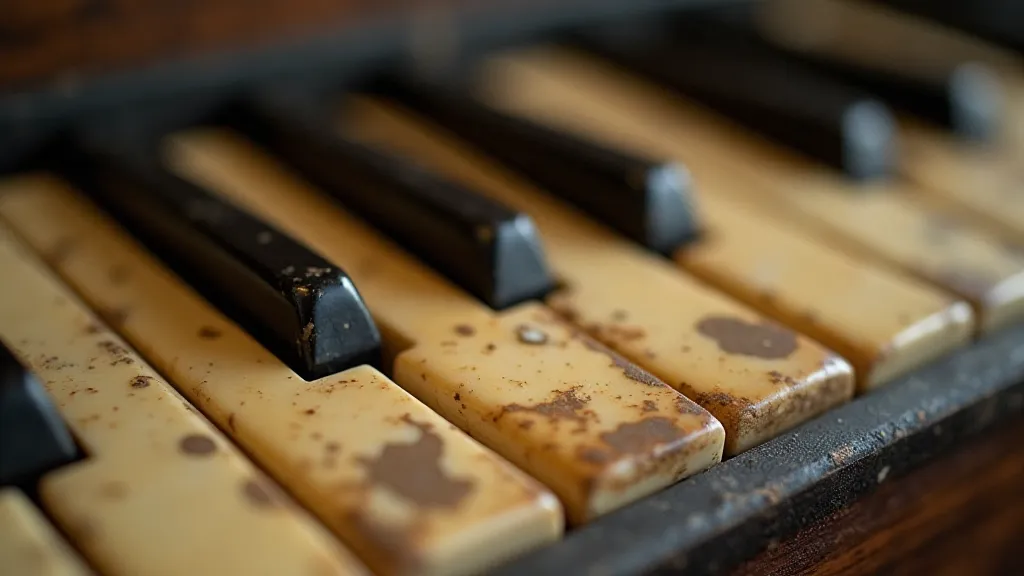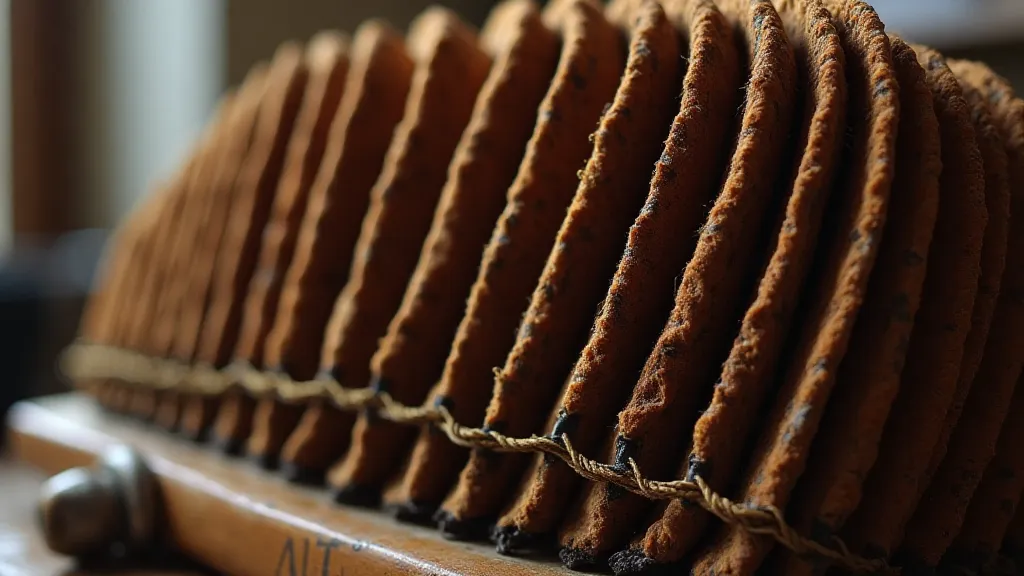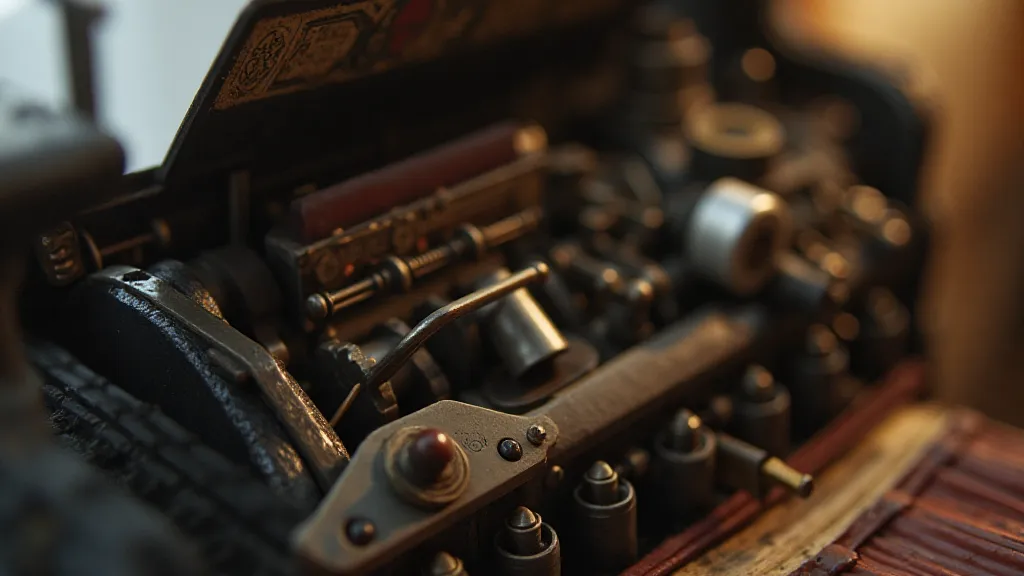Starlight Alchemy: Transforming Imperfection into Artistic Merit
There's a certain melancholy beauty in things worn and weathered. Think of an antique accordion, its bellows sighing with the ghosts of countless melodies, its keys perhaps chipped or yellowed, its finish clouded by time. It’s not a pristine, factory-fresh instrument, yet its history radiates from every crevice, whispering tales of dances and celebrations, of solitary players pouring their hearts into the music. Just like that accordion, the night sky, and our attempts to capture it through astrophotography, are rarely perfect. And that, my friends, is precisely where the magic lies – in the alchemy of transforming imperfection into artistic merit.
For years, I chased technical perfection in my night photography. I meticulously tracked stars, obsessed over minimizing noise, and strove for razor-sharp focus. The results were... technically impressive, sure. But they lacked soul. They felt sterile. It wasn't until I stopped fighting the inevitable – the noise, the vignetting, the subtle chromatic aberration – that my images truly began to resonate. It’s a journey of accepting, then embracing, then actively employing those flaws as artistic tools.

The Poetry of Noise
Noise. The bane of the digital astrophotographer. We battle it with cooled cameras, dark frames, and sophisticated stacking techniques. And while minimizing noise is certainly a worthy goal, complete eradication is not only unrealistic but also, arguably, undesirable. Noise, particularly subtle grain, can lend a texture, an atmosphere, that raw, clinical data simply lacks. It can evoke the vastness and mystery of the cosmos, a feeling of peering deep into the unknown.
Think of film photography. The grain of film, once considered a defect, is now often celebrated for the character it imparts. It mimics the imperfection of our human perception—a visual echo of our own fallibility. In astrophotography, a carefully controlled amount of noise can soften the starkness of a starfield, suggesting a swirling cosmos rather than a grid of precisely positioned points of light. Don't treat noise as solely an enemy to be vanquished. Explore how it can be a visual language.
Vignetting: Framing the Cosmos
Vignetting, that subtle darkening towards the edges of an image, is another common "flaw" we often try to eliminate. It's a result of lens optics, a consequence of the way light travels through glass. But those shadows aren’t just a problem to be fixed; they can be a powerful compositional tool. They draw the eye towards the brightest part of the image—often the heart of the Milky Way or a cluster of stars.
Imagine a stage play. Spotlights are used not only to illuminate the actors but also to create a sense of depth and to direct the audience's attention. Vignetting does the same thing for your astrophotographs. It creates a visual frame, isolating the subject and amplifying its impact. Learn to love the softness around the edges; it adds a sense of drama and intimacy.
Chromatic Aberration: A Spectrum of Color
Chromatic aberration, the fringing of color around bright stars, is perhaps the most challenging imperfection to embrace. It's a consequence of lenses failing to bend all wavelengths of light equally. While high-end optics minimize it, it’s virtually impossible to eliminate entirely with more basic equipment. The instinctive reaction is to correct it in post-processing. But consider this: that subtle halo of color, especially around brighter stars, can add a dreamy, ethereal quality to your images.
Older photographic lenses, particularly those from the mid-20th century, often exhibited more pronounced chromatic aberration. This wasn't considered a flaw then; it was part of the aesthetic. It imbued images with a romantic, nostalgic feel. Perhaps allowing a touch of this characteristic, instead of aggressively removing it, can inject a similar sense of character into your astrophotographs.

The Accordion's Legacy: Craftsmanship and Collecting
There's a fascinating parallel between appreciating the character of an antique accordion and embracing imperfections in astrophotography. Both involve recognizing the beauty in the passage of time, in the marks left by human hands. Collecting antique accordions is an exercise in appreciating craftsmanship. Each instrument tells a story—of the maker, the player, the era in which it was created.
Many of the finest accordions were crafted by artisans who poured their heart and skill into their work. They represent a time when quality and longevity were valued above mass production. Similar considerations apply to older photographic equipment. The lenses from these eras often possess a character and “soul” that modern, highly optimized optics lack. They were designed with artistry as well as functionality, resulting in a visual signature that can be quite appealing.
Restoring an antique accordion isn’t about making it look brand new. It's about preserving its history, about honoring the original intent of the maker. Similarly, in astrophotography, it's not about achieving clinical perfection. It's about capturing the beauty of the night sky in a way that reflects your own artistic vision.
Finding Your Artistic Signature
The journey from chasing technical perfection to embracing imperfection is a transformative one. It requires a shift in perspective, a willingness to experiment, and a deep appreciation for the beauty of the unexpected. Don't be afraid to break the rules, to challenge conventional wisdom, and to develop your own unique artistic signature.
Look at the greats – in music, in art, in photography. They didn't strive for flawlessness. They embraced their quirks, their idiosyncrasies, their imperfections. And it’s those imperfections that make their work so compelling, so enduring.

So, the next time you’re out under the stars, take a moment to appreciate the vastness and mystery of the cosmos. And remember the lesson of the antique accordion: it’s not the absence of imperfections that makes something beautiful—it’s the way those imperfections are embraced, celebrated, and transformed into a work of art.





